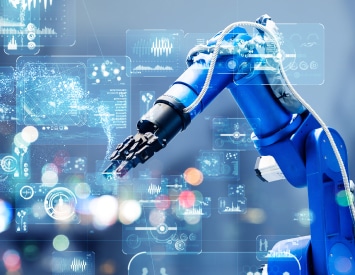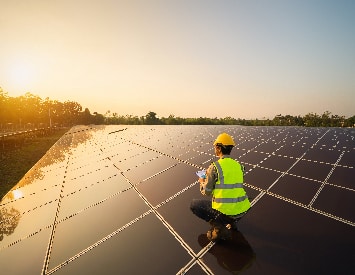Energy generation and its utilization is bound to increase in the following years resulting in accelerating depletion of fossil fuels, and consequently, undeniable damages to our environment.
Over the past decade, despite significant efforts in renewable energy realization and developments for electricity generation, carbon dioxide emissions have been increasing rapidly. This is due to the fact that there is a need to go beyond the power sector and target energy generation in an integrated manner. In this regard, energy systems integration is a concept that looks into how different energy systems, or forms, can connect together in order to provide value for consumers and producers.
Cogeneration and trigeneration are the two most well established technologies that are capable of producing two or three different forms of energy simultaneously within a single system. Integrated energy systems make for a very strong proposition since it results in energy saving, fuel diversification, and supply of cleaner energy.
Optimization of such systems can be carried out using several techniques with regards to different objective functions. In this study, a variety of optimization methods that provides the possibility of performance improvements, with or without presence of constraints, are demonstrated, pinpointing the characteristics of each method along with detailed statistical reports.
In this context, optimization techniques are classified into two primary groups including unconstrained optimization and constrained optimization techniques. Further, the potential applications of evolutionary computing in optimization of Integrated Energy Systems (IESs), particularly Combined Heat and Power (CHP) and Combined Cooling, Heating, and Power (CCHP), utilizing renewable energy sources are grasped and reviewed thoroughly.
It was illustrated that the employment of classical optimization methods is fading out, replacing with evolutionary computing techniques.
Amongst modern heuristic algorithms, each method has contributed more to a certain application; while the Genetic Algorithm (GA) was favored for thermoeconomic optimization, Particle Swarm Optimization (PSO) was mostly applied for economic improvements.
Given the mathematical nature and constraint satisfaction property of Mixed-Integer Linear Programming (MILP), this method is gaining prominence for scheduling applications in energy systems.


